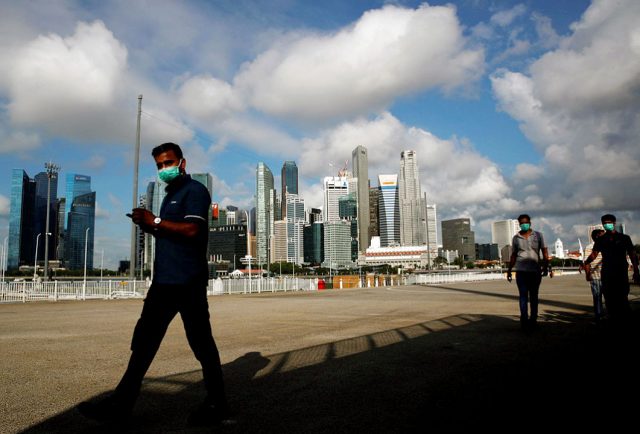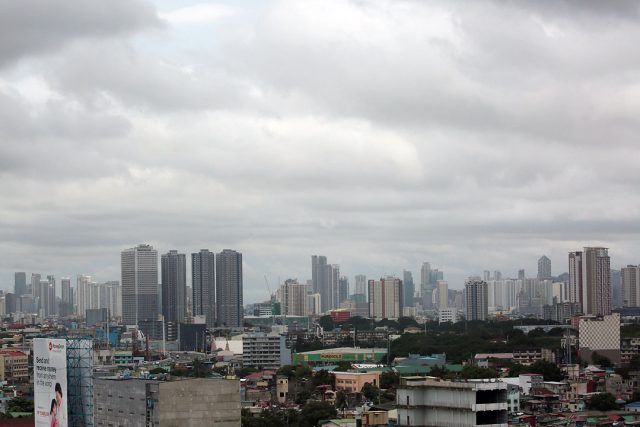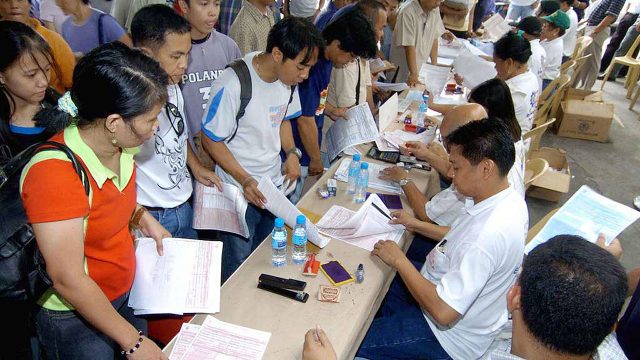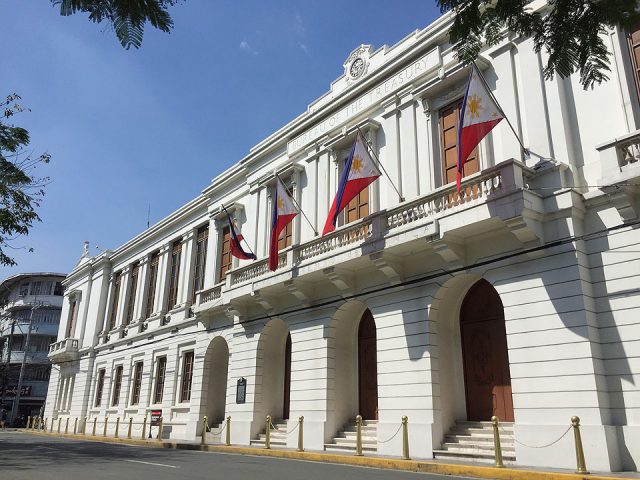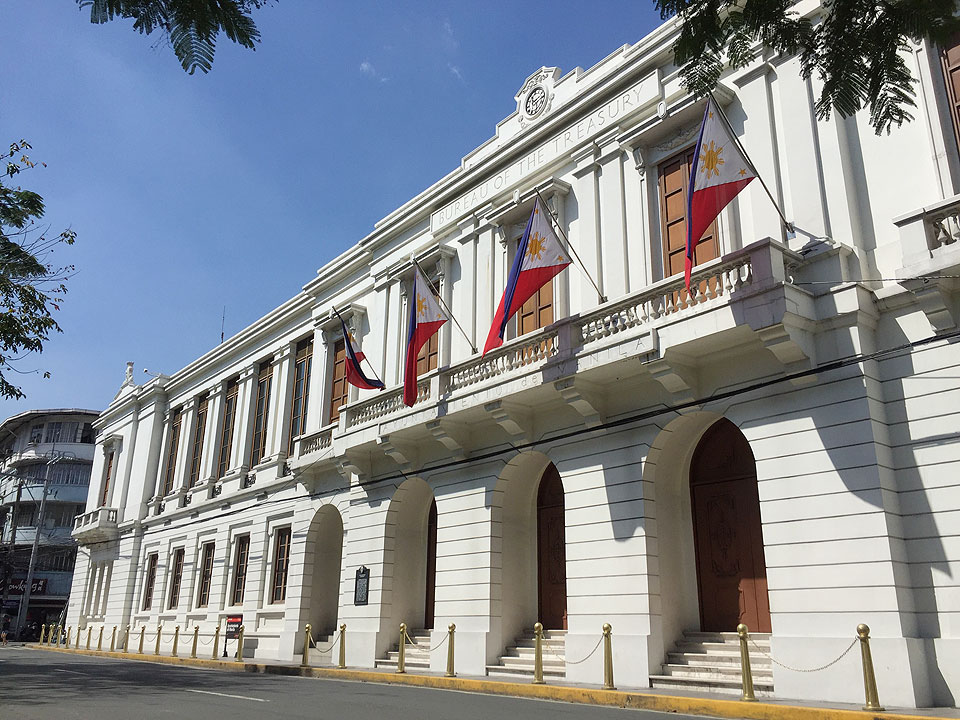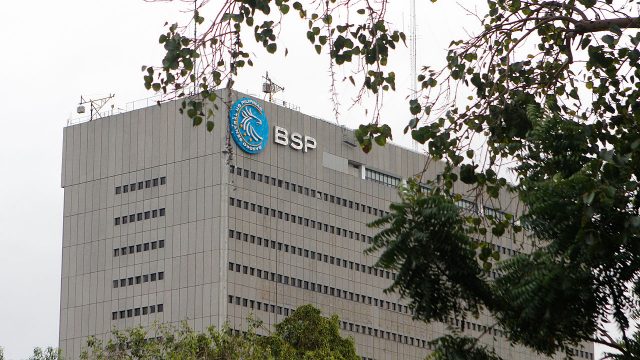FIRST Gen Corp. said three of its natural gas-fired plants in Batangas will be running on liquid fuel in October when the Malampaya offshore gas-to-power project shuts down for maintenance works.
These facilities are the 1,000-megawatts (MW) Santa Rita, the 500-MW San Lorenzo, the 97-MW Avion plants.
The Lopez-led firm added that its other gas plant — the 420-MW San Gabriel — will be switched off during the gas field’s temporary closure from October 2 to 22 since it can only run on natural gas.
“Santa Rita and San Lorenzo will operate using liquid fuel (condensate), which will be competitively sourced and imported to ensure their continued availability and operations despite the absence of Malampaya natural gas supply,” First Gen Executive Vice-President and Chief Commercial Officer Jonathan C. Russell told BusinessWorld through the firm’s communications department via e-mail over the weekend.
“Avion will also operate using competitively sourced liquid fuel (diesel) in the absence of natural gas supply from Malampaya,” he added.
During the gas field’s temporary shutdown, the three plants will provide 1,300 MW of available capacity. Broken down, around 750 MW will come from Santa Rita; 500 MW from San Lorenzo and 50 MW from Avion.
Mr. Russell said that the firm will be conducting scheduled preventive maintenance works on one of Santa Rita’s four units, which has a capacity of about 250 MW, during Malampaya’s 20-day closure in October.
“[However], San Gabriel can only run on natural gas and, and therefore, during the Malampaya shutdown, will not be available to run during the outage period,” he said.
He said liquid fuel in the form of condensate and diesel may be more costly than gas sourced from the Malampaya field but using these “will reduce the likelihood of yellow and red alerts” that cause price spikes in the power spot market.
“The onset of these yellow and red alerts due to a significant loss in generation supply leads to WESM (wholesale electricity spot market) price spikes that can be two to three times more expensive than running power plants on condensate and diesel. The use of these alternative fuels to keep Santa Rita, San Lorenzo, and Avion available during the Malampaya shutdown is beneficial to consumers by limiting what could otherwise be larger WESM price spikes,” Mr. Russell said.
First Gen’s Santa Rita, San Lorenzo, and San Gabriel plants deliver baseload power to the grid, while Avion provides peaking power.
Both the Santa Rita and San Lorenzo facilities sell their output to distribution utility Manila Electric Co. (Meralco) under a 25-year power purchase agreement with an 83% take-or-pay “minimum energy quantity” arrangement.
Meralco Head of Utility Economics Lawrence S. Fernandez told BusinessWorld on Viber last week that during the Malampaya maintenance shutdown, the distribution utility will work with the operators of Santa Rita and San Lorenzo plants to ensure that they will continue to provide their 1,500 MW of capacity to the grid, by running on liquid fuel.
Santa Rita is operated by First Gas Power Corp. while San Lorenzo is operated by FGP Corp.
Mr. Fernandez said Meralco also sources a portion of its power for distribution from the 1,200-MW Ilijan natural gas plant in Batangas, which is operated by South Premiere Power Corp. (SPPC), a subsidiary of SMC Global Power Holdings Corp.
“Meanwhile, for South Premiere-Ilijan, Meralco’s PSA (power supply agreement) with them has no outage allowance, so that Ilijan will continue to supply Meralco at contract rates during the Malampaya shutdown,” he said.
Asked about what consumers can expect come November, he said that their monthly power bills would depend on the power supply situation during the period.
BusinessWorld reached out to San Miguel Corp., which owns SMC Global Power, on how SPPC is preparing the Ilijan plant for Malampaya’s 20-day shutdown but has not received a reply from the firm as of deadline time.
“While past maintenance shutdowns have led to adjustments in the generation charge, a lot would still depend on the generation supply situation. If levels of supply and reserves remain comfortable, this will help mitigate the rate impact from the Malampaya maintenance,” Mr. Fernandez said.
According to the latest forecast of the Independent Electricity Market Operator of the Philippines, the Luzon and Visayas grids will have an average supply margin of 3,875 MW during the October billing month.
Average supply in October will reach 15,038 MW, while average demand will be 11,162 MW, the market operator said in a briefing on Aug. 20. — Angelica Y. Yang

